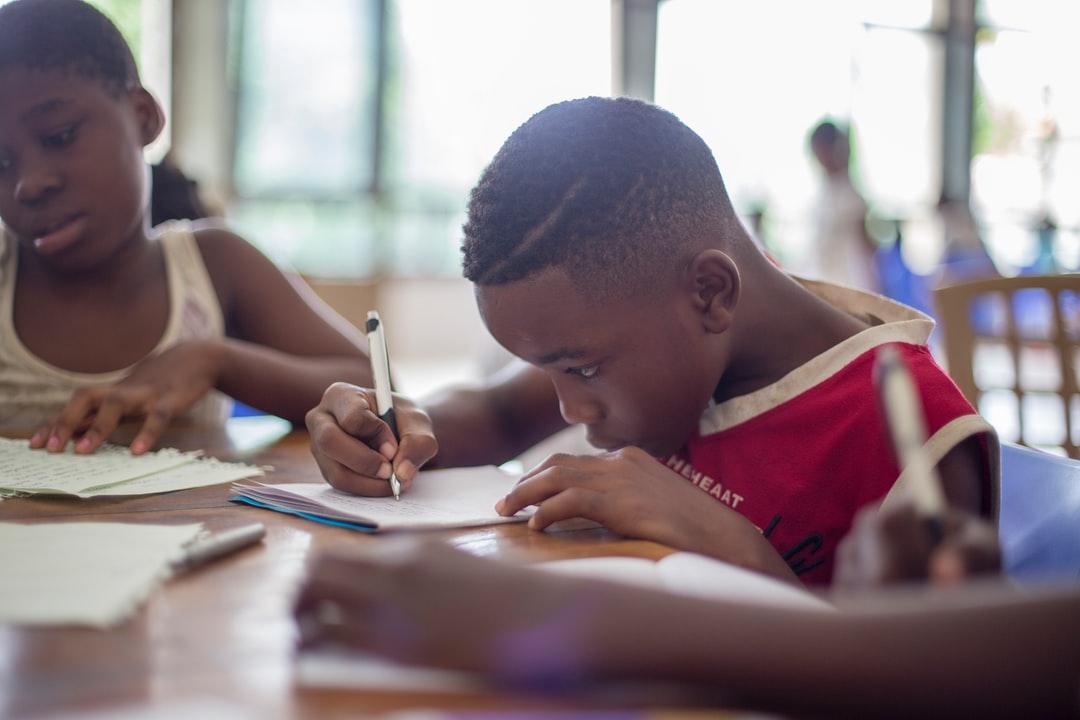A new school year means new clothes, shoes, and supplies. Back-to-school lists should also include making sure children have the right glasses. Learning-related vision problems make it difficult for children to thrive even in the best environments. The NeuroVisual Specialists of Florida are here to help.
Learning-Related Vision Problems Are Not Learning Disabilities
Parents should not be quick to accept a learning disability diagnosis if their child hasn’t had a proper eye exam. Learning disabilities such as dyslexia are not vision problems. They are problems related to how the brain processes the visual information it receives.
Learning-related vision problems are about the information the eyes are sending to the brain. Children with blurry vision or misaligned eyes send signals that the brain can’t process properly. This leads to problems with reading and other issues.
Symptoms of Vision Problems In Children
School screenings are not enough because they catch only about 25% of vision problems among children. Kids themselves might not even realize they have a problem.
There are several symptoms of learning-related vision problems that parents should watch for, including:
- Difficulty reading
- Motion sickness
- Light sensitivity
- Headaches
- Dizziness
Vision Problems That Affect Learning
All vision problems in children can affect learning because they make it difficult to process information. The extent of their effects depends on how much kids’ eyes have to strain to send clear pictures to the brain.
Farsightedness
Children who have trouble seeing up close may have farsightedness. Some farsightedness in small children is normal, but if the problem persists or worsens, doctors can treat it with glasses.
Nearsightedness
Children who have difficulty making out objects that are farther away could have nearsightedness. This problem is rare in young children but becomes more common when they reach school age. Once it is diagnosed, children don’t usually outgrow it and need glasses to correct the problem.
Misaligned Eyes
Standard eye exams can capture more significant misalignments in the eyes. They are notable because one eye turns in a noticeably different direction than the other. Doctors treat misaligned eyes with patches, glasses, or in more severe cases, surgery.
Binocular Vision Dysfunction
Another vision problem related to eye misalignments is called Binocular Vision Dysfunction, or BVD. In this case, the misalignments are subtle, and thus not captured by standard eye screenings or exams.
These subtle misalignments cause the eye muscles to struggle, resulting in blurred vision, double vision, and other symptoms that are common to other vision problems. Children who are not performing well in school and complain of symptoms that doctors have been unable to treat may have BVD.
Parents should not just accept their child has a learning disability because standard eye exams haven’t caught more common vision problems. They should take their child to a binocular vision specialist. These specialists can prescribe special prismatic glasses that correct BVD so children can see properly and focus on learning.
Take Our BVD Questionnaire
If you suspect that your child has learning-related vision problems, visit The NeuroVisual Specialists of Florida and help your child take our BVD Pediatric Questionnaire. We treat children with BVD in a calm and nurturing environment and are ready to help with a complete evaluation and treatment with specialized prismatic lenses. Glasses that fit properly and correct your child’s vision can take some of the stress out of going back to school.


